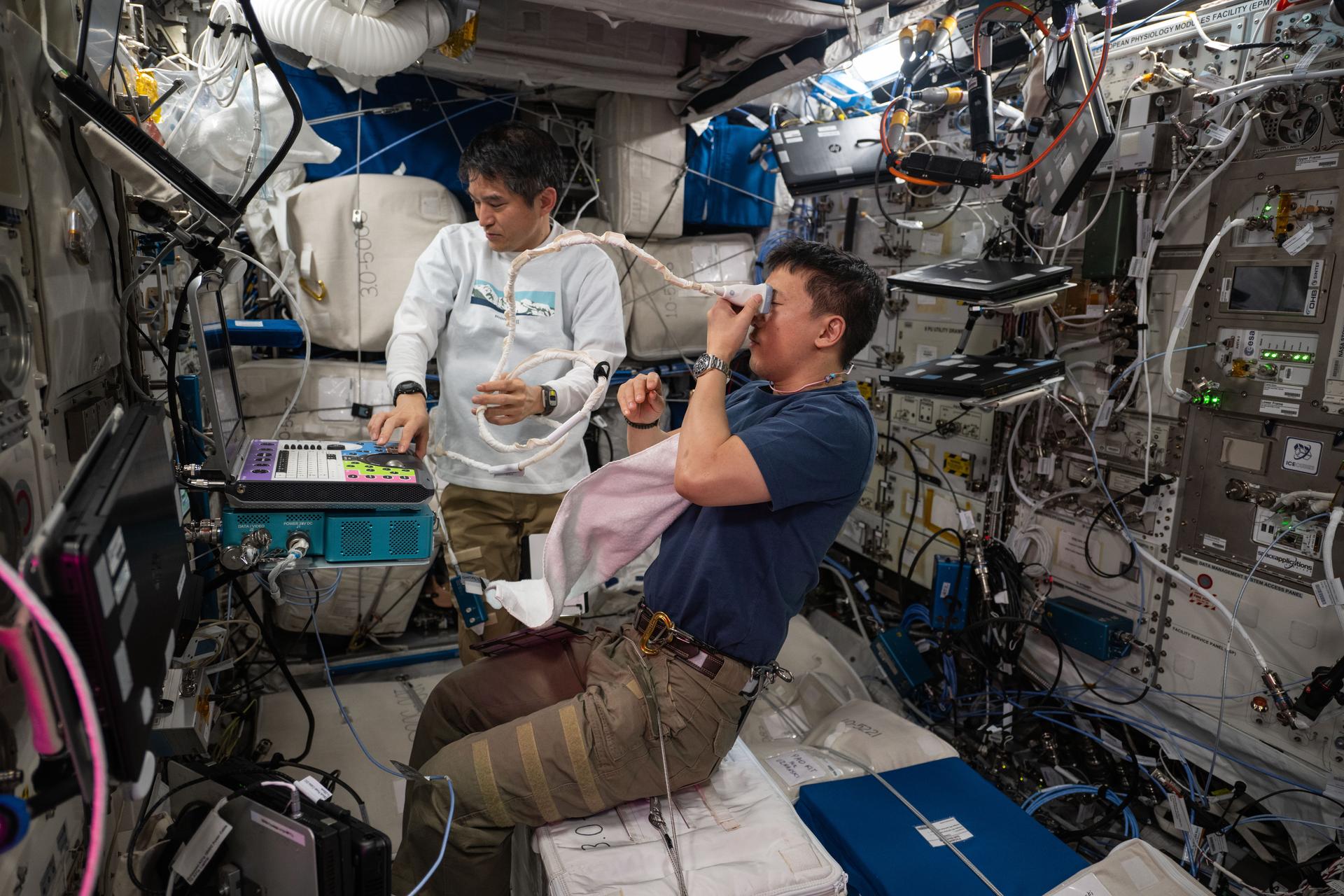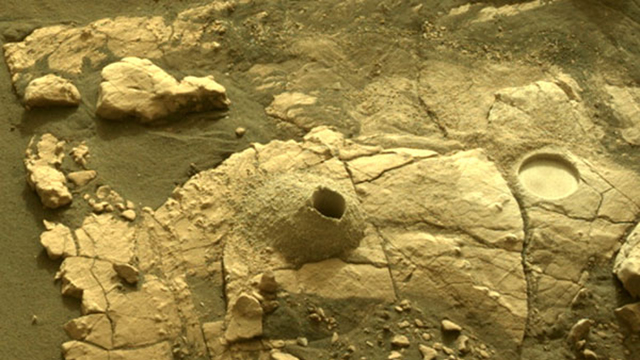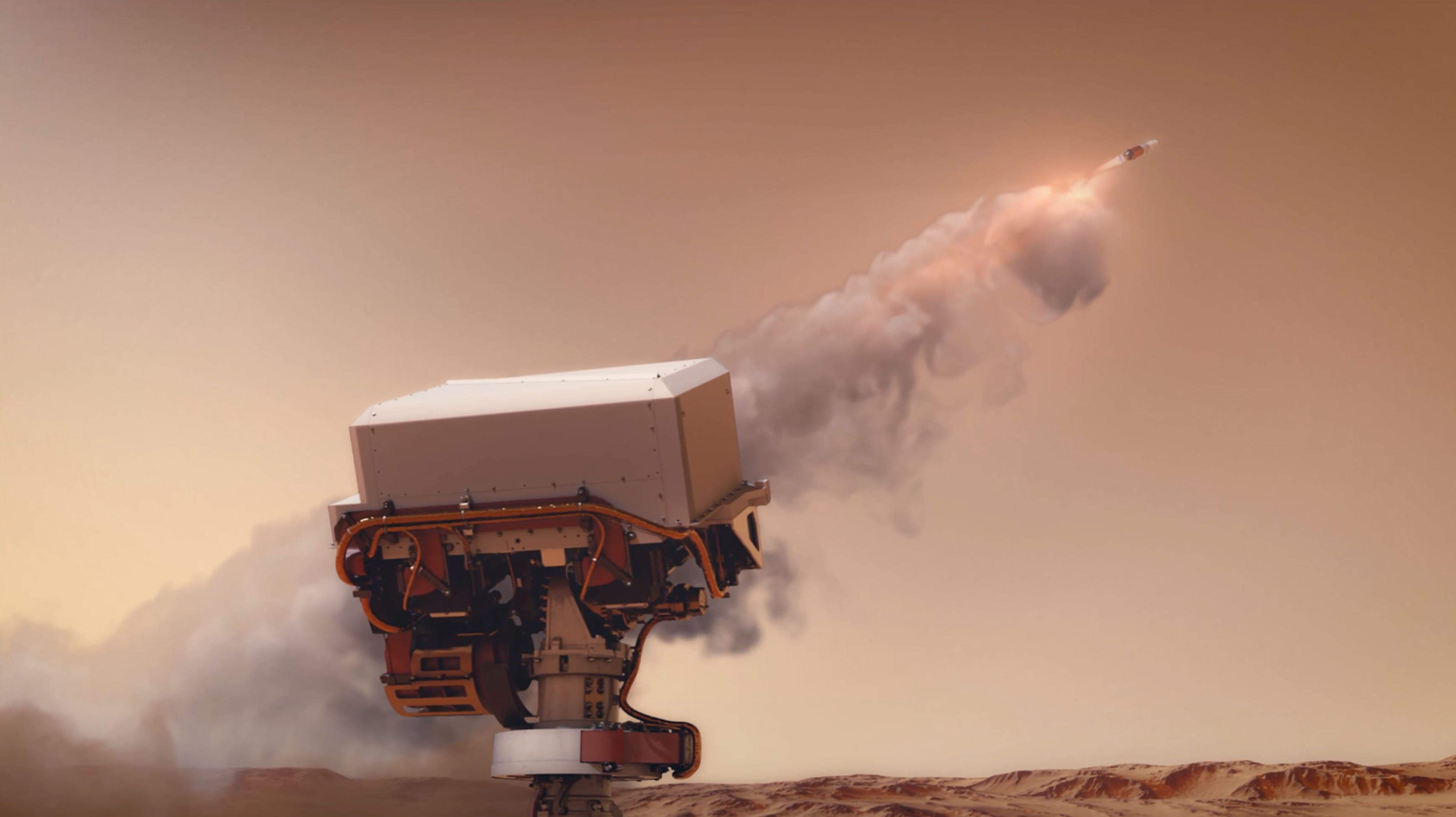Mars Sample Return
Bringing Mars Science to Earth
The first step in Mars Sample Return began with NASA's Perseverance rover, which has been collecting and caching samples on Mars since landing on the Red Planet on Feb. 18, 2021. When other NASA and ESA missions arrive at Mars, the samples would be transferred and stowed safely for transport to Earth by an orbiter. Once on Earth, they would undergo sophisticated, detailed analysis in laboratories, to look for indications of past life.
Overview
The first step in Mars Sample Return began with NASA's Perseverance rover, which has been collecting and caching samples on Mars since landing on the Red Planet on Feb. 18, 2021. When other NASA and ESA missions arrive at Mars, the samples would be transferred and stowed safely for transport to Earth by an orbiter. Once on Earth, they would undergo sophisticated, detailed analysis in laboratories, to look for indications of past life.
Scientists anticipate the samples would help answer some of the lofty questions about how and when life developed on our own planet. What conditions enabled life to develop? What were the planets like in our solar system at that time?
The scientists know that life started evolving on Earth 3.5 billion years ago, but it's not easy to find evidence from that era on our planet, because most of Earth's surface has been eroded by weather and other factors. Mars has enormous quantities of rocks that have survived from 3 billion or 3.5 billion years ago, making them rich sources of information about potential life development on Mars, and where and when life first developed on Earth.
So why don't we just analyze Mars rocks on Mars, since we have multiple spacecraft there? NASA spacecraft have, in fact, carried instruments that enabled scientists to study some components of Martian rocks and regolith, but that quest is limited to analysis by equipment small, light, and sturdy enough to withstand the harsh journey en route to Mars, and on the planet's surface after landing.
Laboratories on Earth have much more complex and sophisticated equipment to conduct analysis--equipment that is often too large and bulky to transport to another planet. In addition, the expectation is that the Mars samples brought back to Earth would be analyzed in multiple facilities, and over time, by multiple generations.
































